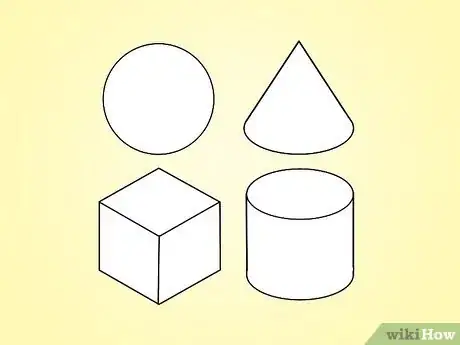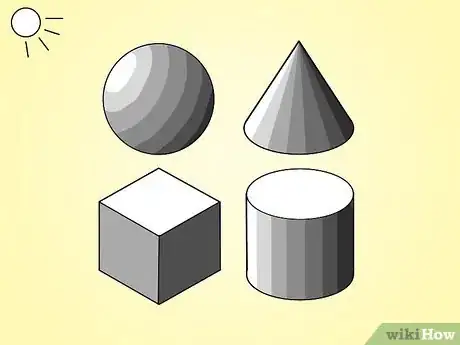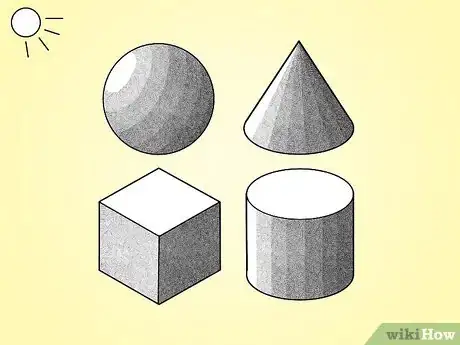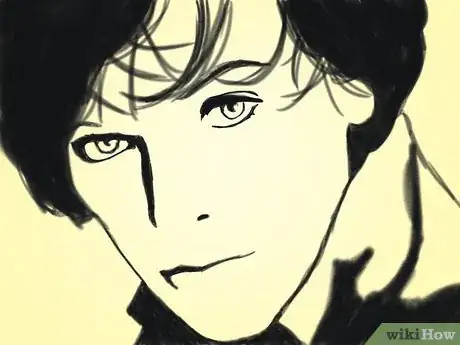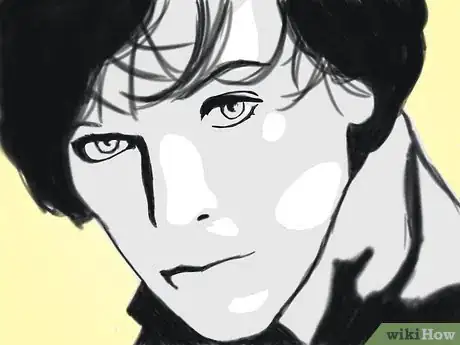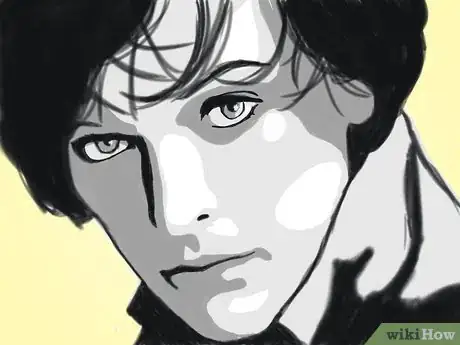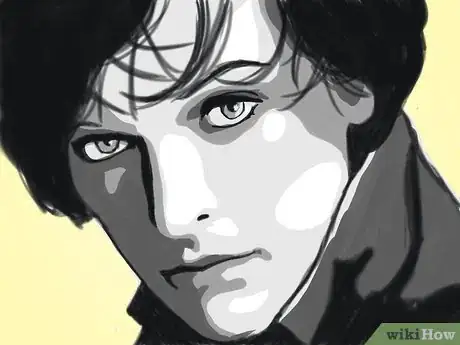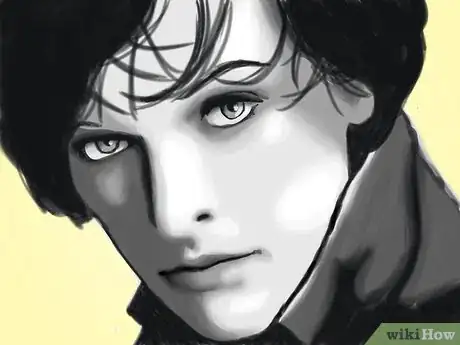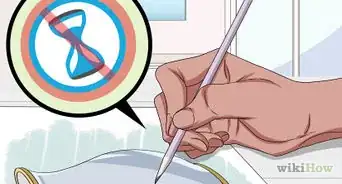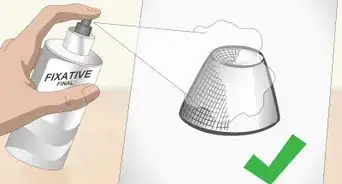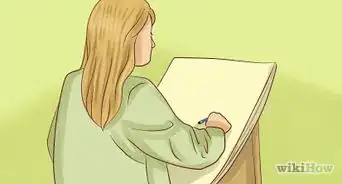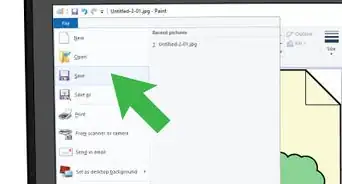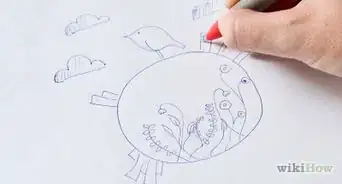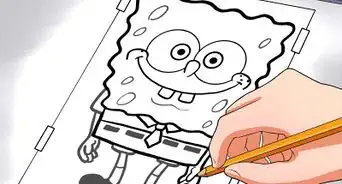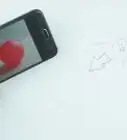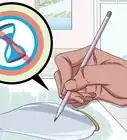X
wikiHow is a “wiki,” similar to Wikipedia, which means that many of our articles are co-written by multiple authors. To create this article, 36 people, some anonymous, worked to edit and improve it over time.
This article has been viewed 358,207 times.
Learn more...
This tutorial provides a basic way to teach a younger or less experienced artist to shade realistically with graphite, and eventually other media as well. Let's begin!
Steps
-
1Know that a three-dimensional drawing will still look flat or two-dimensional without the aid of shading.[1]
-
2Use layers of grey shading. If we visualize a light source at the upper left of the image, we can simulate an object as 3 dimensional by adding various layers of grey (one darker than the next). Start by using the lightest gray or white along the area nearest to the light. You can use various shades of pencil or coloring tools to create this effect.[2]Advertisement
-
3Blend to add volume to objects. If the layers of grey are blended together where each shade meets, it can further simulate the appearance of volume and solidity.[3]
-
4Try using lines to shade. This effect can also be done using pen and ink, by drawing intersecting lines drawn on top of one another to simulate the appearance and layers of shading from light to dark. This is commonly used in illustrations and comics. In other print media, the printing process uses "halftone" printing, which prints small dots of varying sizes to simulate shading.
-
5Here's an example of shading using various layers of grey. The sketch used here was created using an image of the actress Milla Jovovich. The image is sketched using a very dark, rough pencil and only drawing the darkest parts of the image.
-
6Use white to create a distinction. Leaving the lightest part of the image as white, the rest of the sketch was shaded with a light shaded coloring tool.
-
7Use a slightly darker shade of coloring tool to shade the next darker areas of the image.
-
8Use a darker shade of coloring tool to shade the darkest areas of the image.[4]
-
9Blend the edges of each shade using a blending tool. The final image now has a 3 dimensional appearance like a photograph.[5]
Advertisement
Community Q&A
-
QuestionI just started drawing but my drawing is not improving. How will I go about it?
 Community AnswerKeep drawing whenever you can, it's the only way. Continue to look up techniques like the one on this page and practice them with easy shapes. If you focus and hone your practice time into working your individual skills you will improve much faster.
Community AnswerKeep drawing whenever you can, it's the only way. Continue to look up techniques like the one on this page and practice them with easy shapes. If you focus and hone your practice time into working your individual skills you will improve much faster. -
QuestionIf I don't have an image to copy, how do I know where the lightest and darkest areas ought to be on a complex shape?
 Community AnswerThat knowledge will come with practice and repeated trial and error. Try to note where the light is coming from and start from there.
Community AnswerThat knowledge will come with practice and repeated trial and error. Try to note where the light is coming from and start from there. -
QuestionHow can I smudge pencil shadings when drawing a realistic portrait?There are certain tools for pencil shading that you can get at any local art store, but the cheapest tool is your finger. Just lightly smudge the lines with your finger in the direction that you want the shading to appear.
Advertisement
Warnings
- Don't smear the graphite to blend it. It may leave smudges around the drawing. Use a tortillon to blend so that smears are prevented.⧼thumbs_response⧽
- Softer graphite is harder to control and will smudge more easily. However, harder leads will cut the paper more often and are harder to get contrast with, along with being less blendable. Use HB or softer.⧼thumbs_response⧽
Advertisement
References
About This Article
Advertisement
